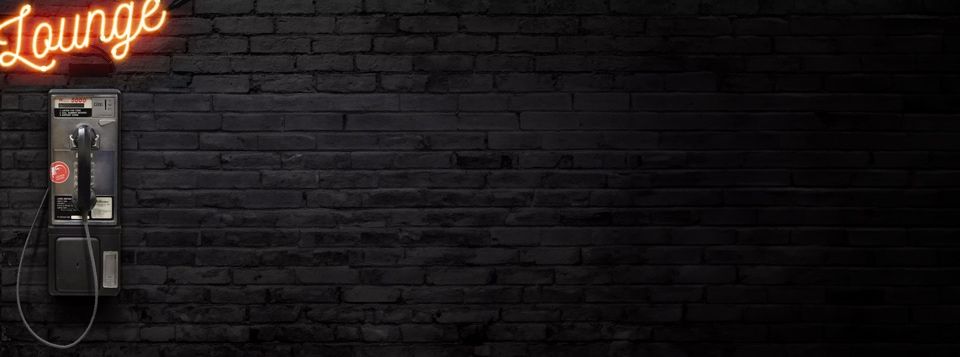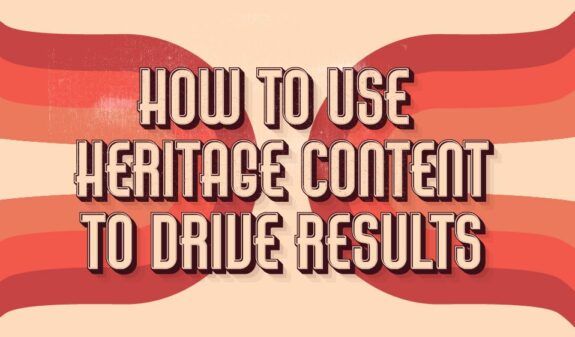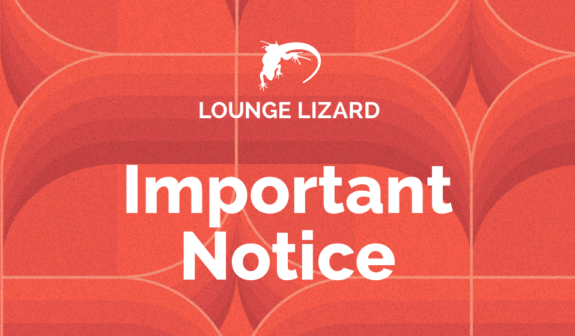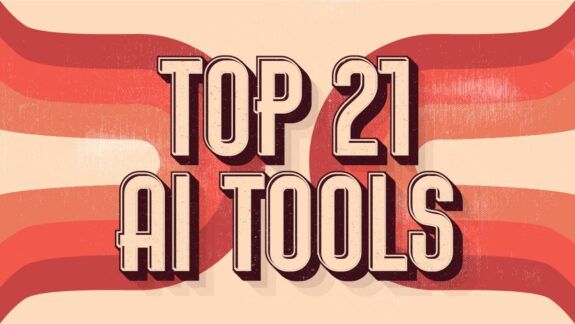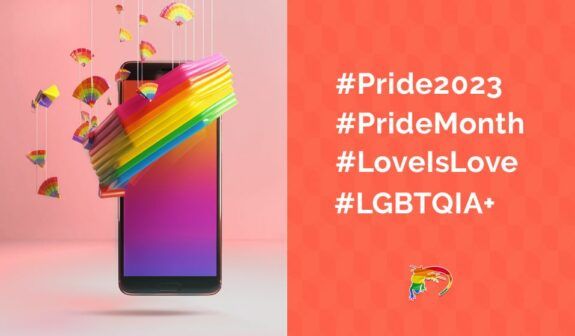Building a Brand While Avoiding Cancel Culture
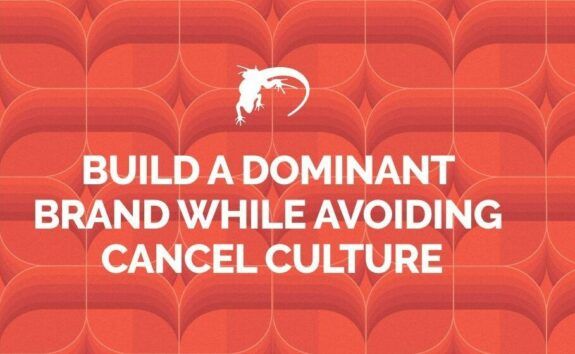
Building a brand is an ongoing process that will include defining your overall brand strategy, developing a brand look, voice, and feel, and telling the story of your business to your customers and the public. Once you have your initial brand (and understand that your brand may change and evolve over time), promoting your brand will touch all aspects of your business and marketing activities, from designing your perfect website to developing your social media persona.
So, what is brand building?
Brand building is the process of promoting your brand, whether it’s to increase brand recognition, advertise your products or services, or you simply want to connect with your target audience to get to know them better in the course of their daily lives.
Who doesn’t see the Nike ‘Swoop’ and think “Just Do It!” or hear McDonald’s jingle and hum along. Both are aspects of each company’s corporate brand image that have been carefully crafted over years of marketing campaigns. Brands can be companies, people, or entities, but one thing is for sure — a brand is something that needs diligent protection at all times.
Protecting Your Brand
Your company’s brand is a living, breathing thing and will need vigilant protection to keep it healthy and strong, with a positive reputation intact. That can be trickier than ever today with the growing strength and presence of ‘cancel culture.’
Thanks to social media, the term ‘cancel culture’ has become widely used during the past few years. Officially added to the dictionary in 2020, the term has taken center stage in the public discourse on politics, culture, and the media. Concisely, cancel culture is the act of ceasing support for a person or business based on their opinions or behavior, frequently using social media as the conduit to attract or garner support.
The cancel culture controversy has more recently entered the field of marketing and advertising. For good reason, most brands have always refrained from engaging in politics. By adopting a position, companies risk alienating a sizable portion of their client base.
When companies do take a stance on a controversial subject (just think Bud Light recently using a transgender spokesperson, Dylan Mulvaney), they run the risk of doing considerable damage to their brand and profit margin. However you feel about the issue, Anheuser Busch InBev’s stock lost almost 20% of it’s value in less than a month.
Over 60% of customers worldwide report that they will avoid doing business with a company because of its stance on a social or political issue. It seems like just a few years ago, the idea of a boycott was associated more with the radical periphery of society — today, boycotting a company or product has become a common consumer response.
So, let’s first look at how to effectively build your brand and then we’ll share tips on how to protect that brand into the future.
How to Build Your Brand for a Volatile Future
In today’s competitive business landscape, building a strong brand identity is crucial for success. A well-crafted brand can help you stand out from the competition, attract new customers, and build a loyal following. But how do you create a brand that resonates with your audience? Here are five steps that explain how to build a brand for your business with a strong brand identity.
how to build a professional brand
1. Define your brand’s values and mission.
The first step in building a strong brand identity is to define your brand’s values and mission statement. Ask yourself these questions:
- What does your brand stand for?
- What is your ‘why’?
- What are your core beliefs and principles?
- What is your brand’s purpose?
- How do you see your brand evolving over the next five to ten years? And beyond?
- What is your Unique Value Proposition?
- How does your product or service benefit your customers (or potential customers)?
These are all important questions to ask and will help define your overall brand and marketing strategy for the long term.
Your values and mission should be reflected in everything from your logo and website design to your marketing materials and customer service. Once you have a clear understanding of these elements, you can begin to build a brand identity that reflects them.
2. Conduct market research to understand your audience.
Before you can build a strong brand identity, you need to understand your target audience. Conducting market research can help you gain insights into your target demographic’s preferences, behaviors, and needs. This information can then be used to inform your brand’s messaging, design, and overall strategy.
Consider using surveys, focus groups, or social media analytics to gather data on your audience. The more you know about your target market, the better equipped you will be to create a brand identity that resonates with them.
3. Develop a unique brand voice and visual identity.
Once you have a solid understanding of your audience, it’s time to develop a unique brand voice and visual identity. Your brand voice should reflect your company’s brand personality, values, and mission. It should be consistent across all channels, from your website to your social media accounts.
The visual identity, including your logo, color palette, and typography, should be consistent and reflect your brand’s personality. There are massive benefits to hiring a professional designer to help you create a cohesive and visually appealing brand identity.
4. Consistently communicate your brand across all channels.
One of the most important aspects of building a strong brand identity is consistency. Your brand should be communicated consistently across all channels, including your website, social media accounts, advertising, and packaging. This means using the same brand voice, visual identity, and messaging across all platforms.
Consistency helps to build trust with your audience and reinforces your brand’s values and personality. Make sure all employees and partners are aware of your brand guidelines and are following them consistently.
5. Monitor and adapt your brand strategy as needed.
Building a strong brand identity is an ongoing process that requires monitoring and adaptation. Keep an eye on how your brand is being perceived by your audience and adjust as needed. This could include updating your messaging, refreshing your visual identity, or even repositioning your brand in the market.
Stay up to date on industry trends and changes in consumer behavior to ensure your brand remains relevant and resonates with your target audience. Remember, a strong brand identity is not built overnight, but with consistent effort and attention, it can become a powerful asset for your business.
5 Dos and Don’ts of Building a Brand in the Age of Cancel Culture
In the age of social media, cancel culture has become a powerful force that can quickly damage a brand’s reputation. As a result, it’s important for businesses and individuals to be aware of the potential risks and take steps to avoid being canceled.
Here are some tips and strategies for navigating this sensitive landscape and building a brand that can withstand the scrutiny of cancel culture.
1. Do your research and understand your audience.
One of the most important things you can do when building a brand in the age of cancel culture is to do your research and understand your audience. This means taking the time to learn about the values and beliefs of your target audience, as well as the issues that are important to them.
Unfortunately, this is often not a simple equation — it can vary depending on the size of your target market, its geographic location(s), and the current climate of the culture where you do business. It’s important to stay up to date on changing current events and social issues as well, as these can have a significant impact on public opinion and the success of your brand.
By taking the time to understand your audience as an ever-evolving entity, you can ensure that your brand messaging is aligned with their values and avoid inadvertently offending or alienating your valued customers.
2. Don’t ignore social issues or current events.
In the age of cancel culture, it’s important to stay informed about social issues and current events. Ignoring these topics can make your brand appear out of touch or insensitive to the concerns of your audience. Instead, take the time to understand the issues and consider how they may impact your brand messaging.
This doesn’t mean that you have to take a stance on every issue, but it does mean that you should be aware of the conversations happening in your industry and be prepared to address them if necessary. By staying informed and engaged, you can build a brand that is both relevant and socially responsible.
3. Do take responsibility for mistakes and apologize sincerely.
In the age of cancel culture, it’s important to acknowledge when your brand has made a mistake or caused harm. Ignoring or denying the issue will only make things worse. Instead, take responsibility for your actions and apologize sincerely.
This shows that you are willing to listen to feedback and make changes to improve your brand. However, it’s important to avoid making excuses or shifting blame onto others. A genuine apology can go a long way in rebuilding trust with your audience.
4. Don’t engage in offensive or insensitive behavior
This may seem obvious, but it’s important to emphasize that engaging in offensive or insensitive behavior can quickly lead to your brand being cancelled.
This includes making derogatory comments, using racist or sexist language, or promoting harmful stereotypes. It’s important to educate yourself and your team on what is considered offensive or insensitive, and to take steps to ensure that your brand is inclusive and respectful of all individuals.
Remember, prevention is key! It’s much easier to avoid a problem than to try to recover from one.
5. Do prioritize diversity and inclusion in your brand messaging and actions
In the age of cancel culture, it’s more important than ever to prioritize diversity and inclusion in your brand messaging and actions. This means actively seeking out diverse perspectives and voices and ensuring that your brand is representative of all individuals.
It also means taking action to address any past mistakes or shortcomings in this area. By prioritizing diversity and inclusion, you not only avoid the risk of being cancelled, but you also create a more positive and inclusive brand image that resonates with a wider audience.
What to Do if Your Brand is Cancelled?
Running headlong into cancel culture is best handled by hiring a crisis PR firm that is experienced and knowledgeable about your next move. Your best chance of surviving the onslaught is to take a stance of transparency and humility.
- Respond directly to the claims. If you believe that you have erred and that an apology is necessary, be sincere and clear about it.
- Be sure to follow up this apology with some real progress or action. This must not be interpreted as a token gesture made to placate the enraged crowd.
- A single ad campaign focusing on the problem can only exacerbate things if it is followed by additional harmful content that reverts to the actions that caused the problem in the first place. You have to demonstrate genuine and sincere remorse.
From there, it’s a matter of rebuilding your brand…again!
In Summary
Today, more than ever before, customers are pressuring brands to take a position. However, on the flip side, it’s crucial to keep in mind that almost 60% of respondents think too many firms utilize social concerns as a marketing gimmick to increase product sales.
In our divided society, brands are becoming more reactive in the drive to mirror societal ideals, but doing so risks blowback from consumers unless the emotion is supported by genuine action.
If your organization would like to discuss building a brand or if you have found your brand in danger of being cancelled, contact Lounge Lizard Worldwide to learn more about our marketing, PR, and branding services. We’re here to help!
